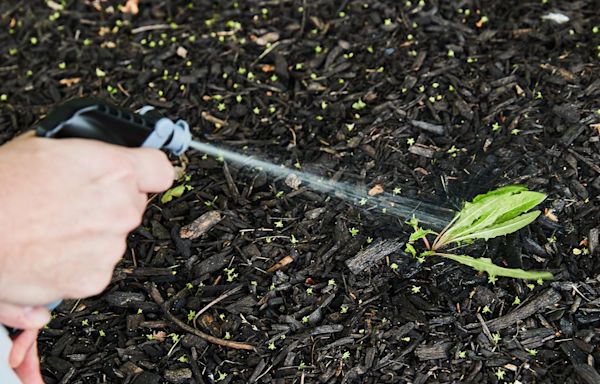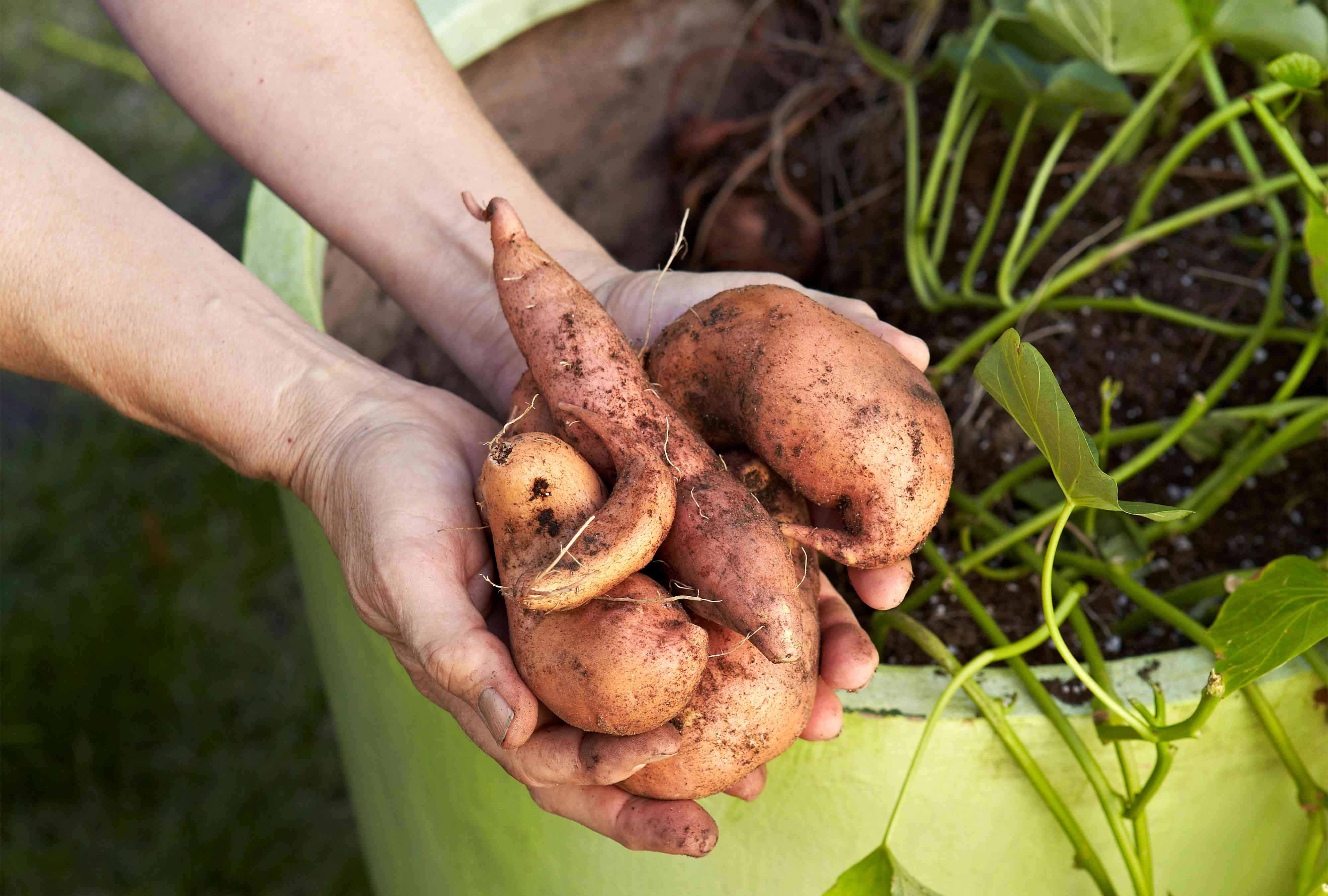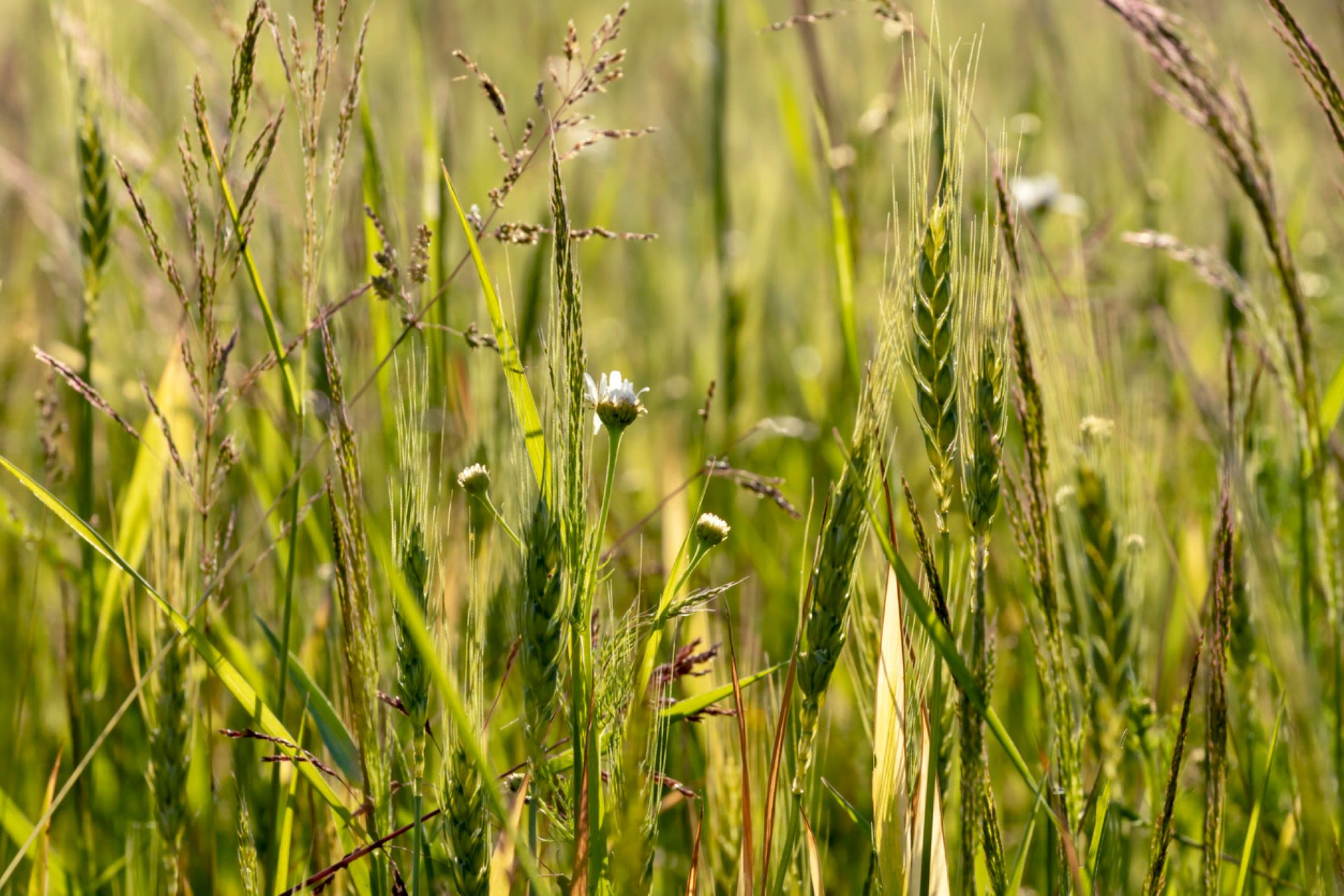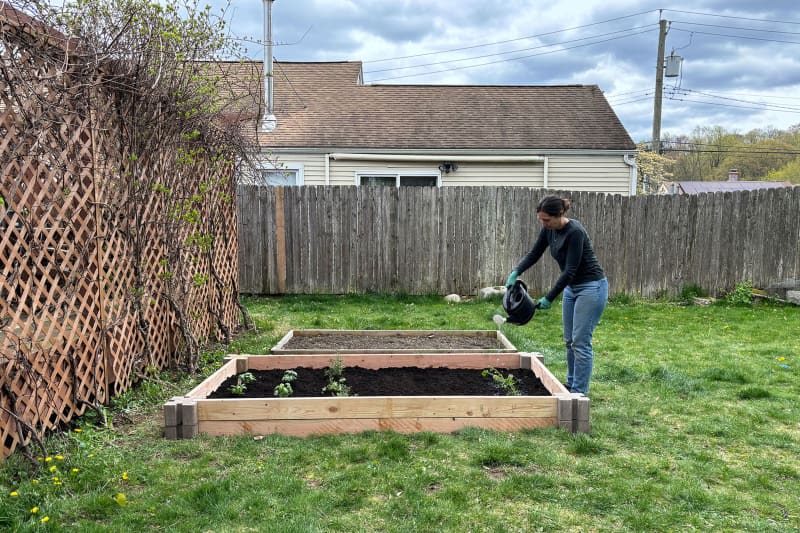Search results
News about gravel, genetic modification, rock salt
Also in the news
Apr 30, 2024 · Noxious Weeds: The noxious weeds (on the federal and/or state level) on this list include field bindweed, quackgrass, Canada thistle, yellow nutsedge, and buckhorn plantain. There are other noxious weeds out there that are also problematic, such as Johnsongrass, but the ones listed here tend to be the most common. 9.
- Dandelion. Type: Broadleaf perennial. Size: 12 inches tall, 6-16 inches wide. Where It Grows: Lawns and gardens in sun or shade. Appearance: This common lawn weed has a long taproot with deeply notched leaves.
- Oxalis. Type: Broadleaf perennial. Size: Up to 20 inches tall. Where It Grows: Sunny or shady landscape, lawn or garden areas. Appearance: This garden weed has light green leaves that look somewhat like clovers and cup-shape yellow flowers in summer and fall.
- Crabgrass. Type: Grassy annual. Size: Up to 18 inches tall and 20 inches wide. Where It Grows: Lawn, landscape, and garden areas in sun or shade. Appearance: Crabgrass is exactly what it sounds like: A grassy weed.
- Bindweed. Type: Broadleaf perennial. Size: Climbs to 6 feet or more. Where It Grows: Landscape and garden areas in sun. Appearance: Identify this garden weed by its arrowhead-shape leaves on twining vines.
People also ask
What is a weed in a garden?
What are common weeds?
What is an example of a weed?
How do you deal with weeds?
- Poison Sumac (Toxicodendron vernix) Poison sumac is a shrub (some consider it a small tree) that grows in wet areas, often next to cinnamon ferns and cattails.
- Japanese Knotweed (Polygonum cuspidatum) Polygonum cuspidatum goes by several common names, including Japanese knotweed and fleece flower. Several other common names include "bamboo" in them, such as "Mexican bamboo" or "American bamboo."
- Crabgrass (Digitaria) Crabgrass is so called because this grassy weed creeps along close to the ground, like a crab. In addition to mixing with lawn grass, it's often found growing in cracks in your hardscape.
- Dandelions (Leontodon taraxacum) Dandelions are a harbinger of spring. Their bright yellow flowers often poke up through lawns and appear between cracks in driveways and sidewalks.
- Crabgrass, Digitaria Ischaemum. Crabgrass resembles its ocean-dwelling namesake, with spreading stems hugging the ground. The grass is a true annual, completing its life cycle in a single year.
- Henbit, Lamium Amplexicaule. This common winter annual or biennial commonly invades lawns in the late fall and winter. Henbit is easily recognizable in spring when the purple flowers appear in whorls among the upper leaves.
- Dandelion, Taraxacum Officinale. Many of us have fond childhood memories of dandelions, but are not so excited about them in our lawns now that we are homeowners.
- Nutsedge, Cyperus Esculentus (yellow nutsedge) and Cyperus Rotundus (purple nutsedge) Nutsedge is a grass-like weed with distinctive triangular or v-shaped leaf blades.
- Using Boiling Water
- Using Chemical Herbicides
- Removing by Hand-Pulling
Pouring boiling water on a weed (let it seep right down into the roots) is one of the easiest removal methods. There's no mixing involved, and you can do it at any time: day or night, with or without sunshine, even when it's raining. It's relatively fuss-free; just don't allow it to splash onto your good plants. But it won't kill the toughest weeds...
Mix table salt (sodium chloride) into water and pour it onto weeds. Creating such a solution makes it easier for the weeds to absorb it (as opposed to just sprinkling salt on them). This method is highly effective in killing weeds. But it's riskier to use than boiling water. Not only will it kill good plants as well as bad ones, but, if too much of...
Hand-pulling weeds is the least risky and least fussy of the methods. But it is the most high-maintenance. Moreover, it's also ineffective if you fail to remove the plant by the roots (which, with some weeds, is more difficult than you might think).
Oct 8, 2023 · Purslane is an annual herbaceous weed with succulent leaves and stems. This common weed is often found in lawns and among garden plants. Purslane looks similar to dandelions and can differ by the leaves, which are oval-shaped and broadest near the rounded tip. The leaves are attached to their purplish-green stems.
Jul 10, 2020 · A weed is simply a plant that is growing where it is not wanted. If you have a bunch of rogue tomato or squash plants in your garden, they are called “volunteers”. However, if you have fairly hardy, native, or invasive plants growing where you didn’t plant it, that’s a “weed.”. If you have a few pop up in the middle of the flower ...





